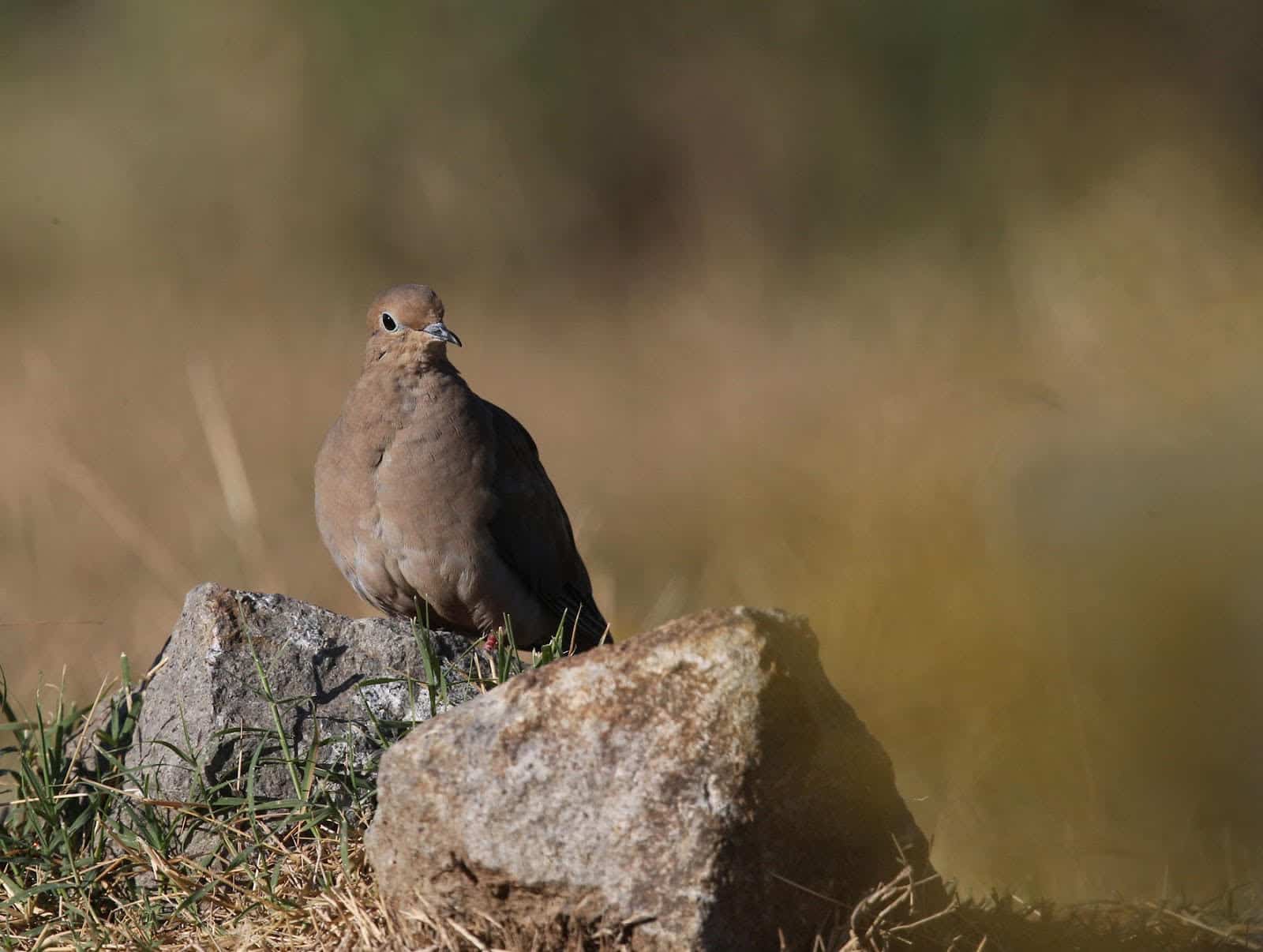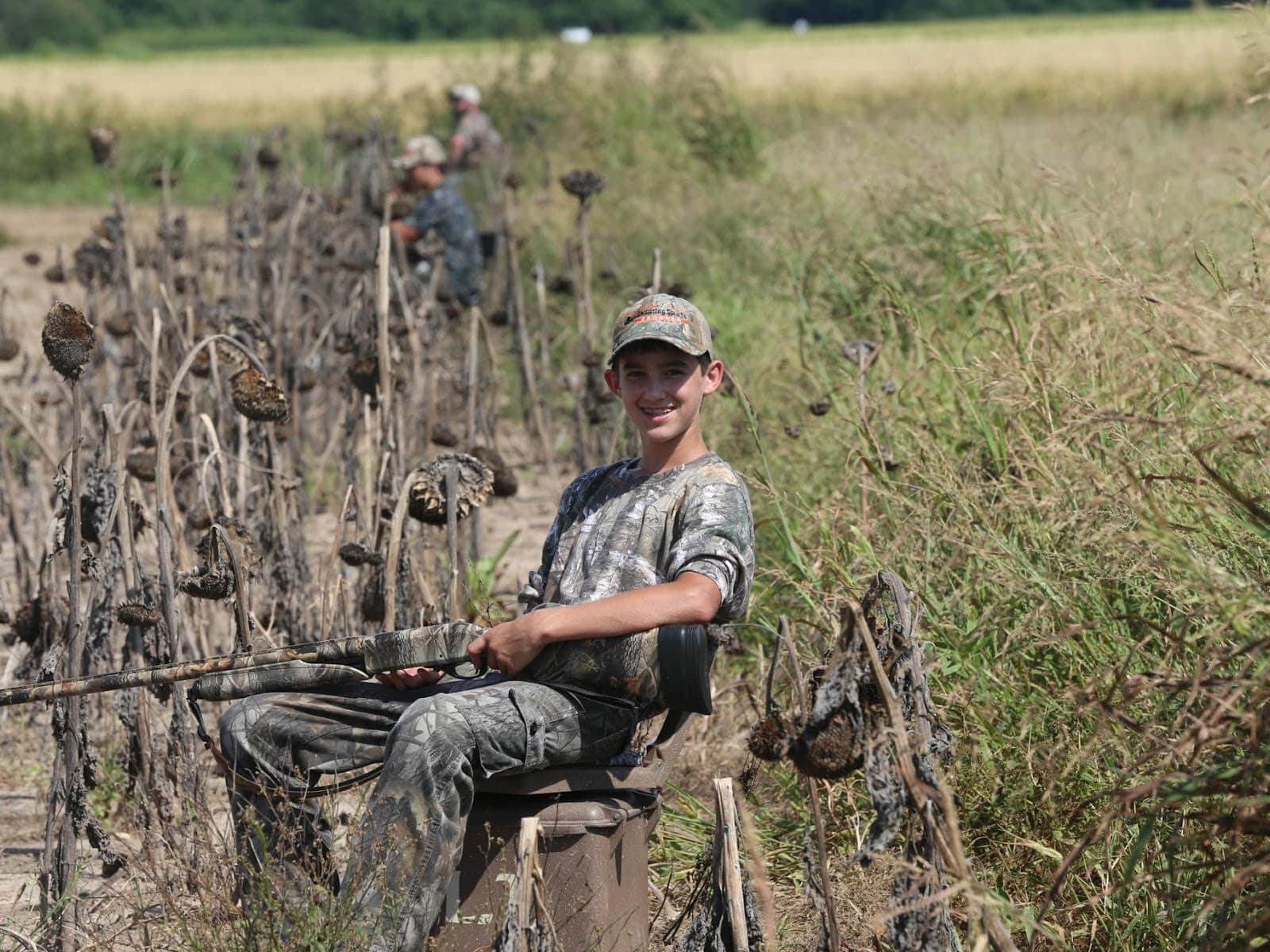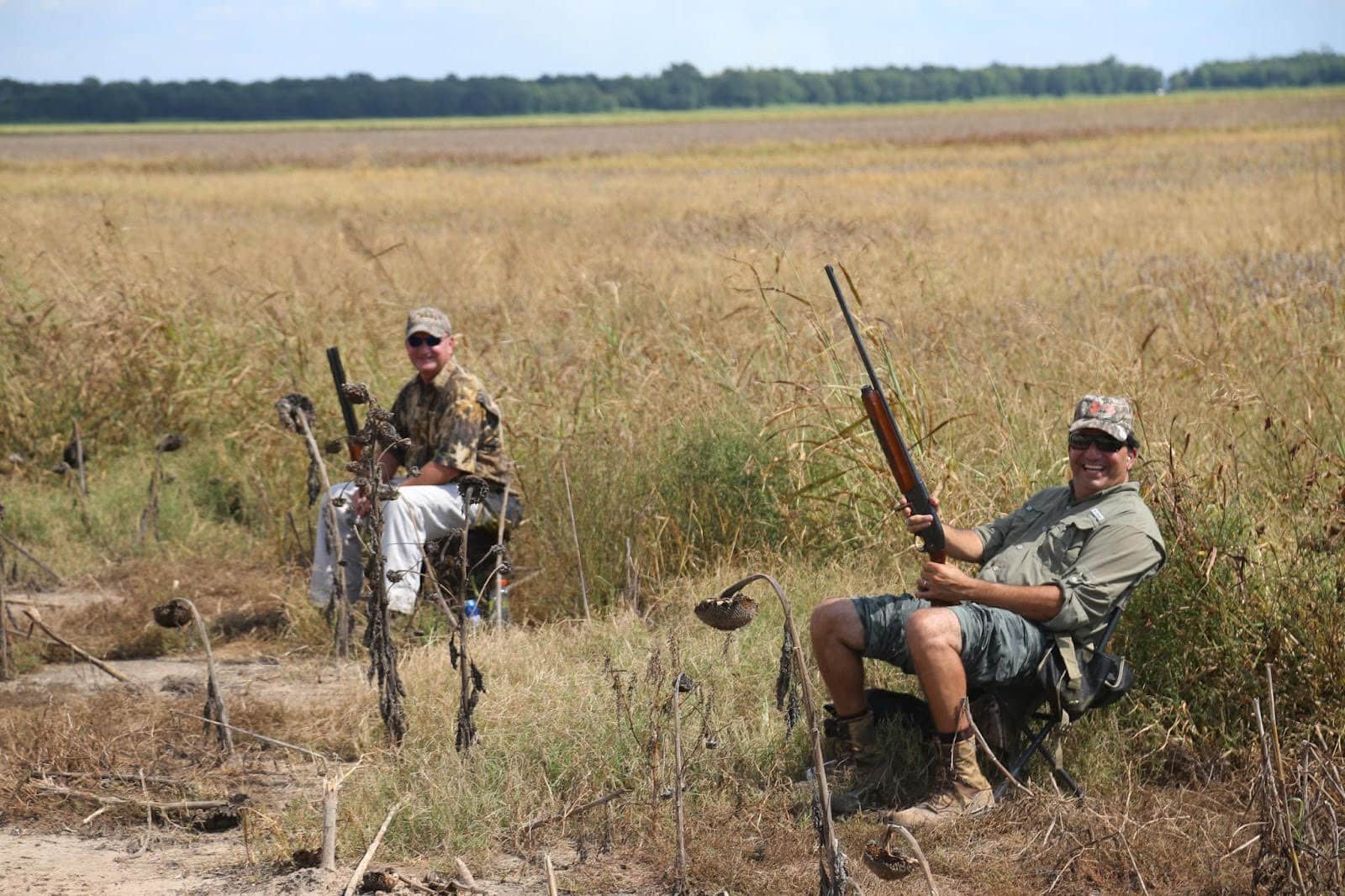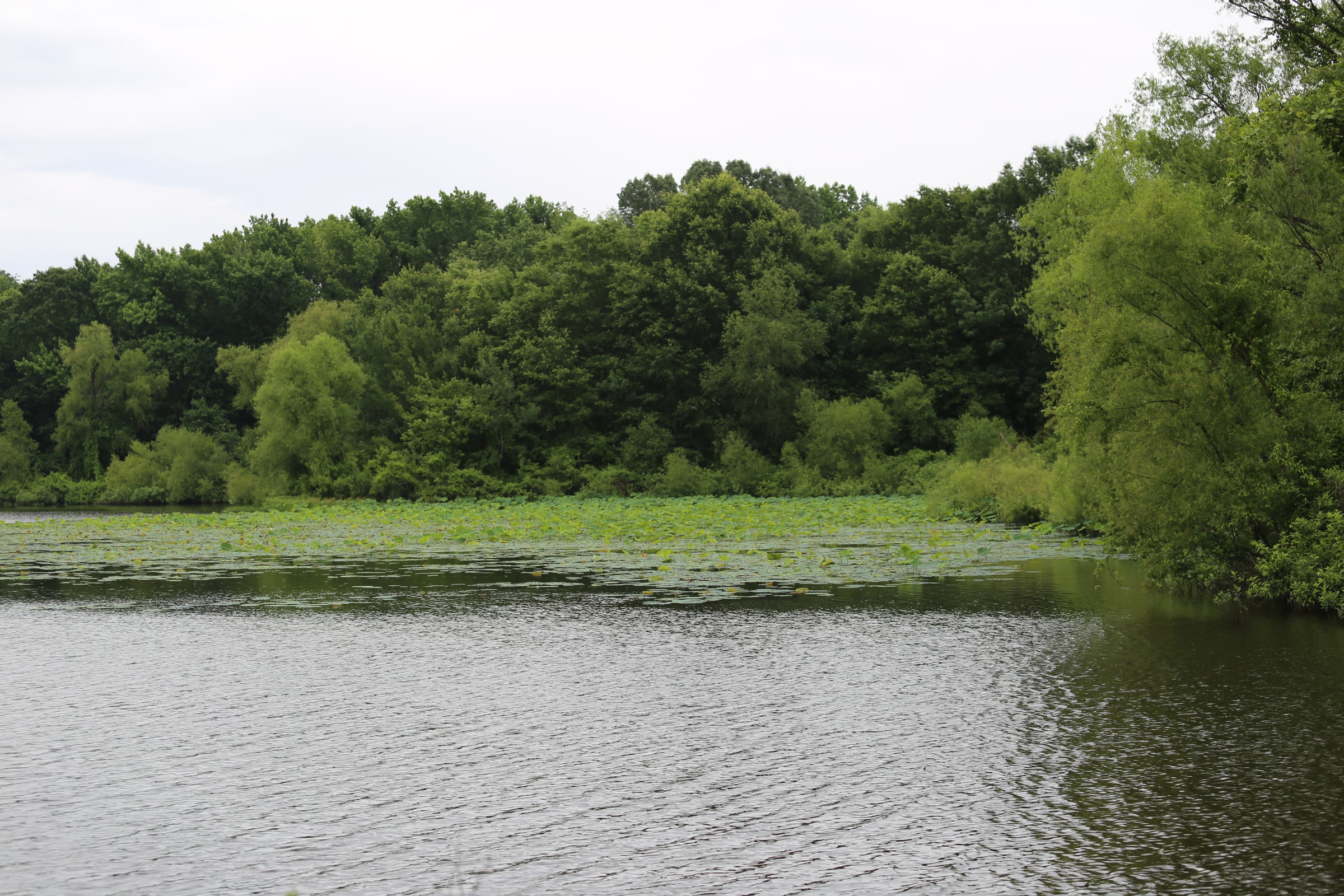WMAs offer dove hunters plenty of opportunity around state
BY Jim Harris
ON 09-04-2025

LITTLE ROCK — Fast action and the excitement of wing-shooting during an Arkansas dove season as summer draws to a close are back again this weekend. Nineteen of the Arkansas Game and Fish Commission’s wildlife management areas will offer acreage dedicated to public access dove hunting when the season opens Saturday, Sept. 6.
Another four WMAs with permit hunting for the opening weekend will join the other 19 WMAs in providing public access — more than 600 acres dedicated to doves — for the remainder of the season starting Monday, Sept. 8. The first segment of dove hunting runs Sept. 6-Oct. 26, followed by the winter portion Dec. 8-Jan. 15.
Hunters who drew permits from the AGFC’s online application process during August will be hunting Saturday or Sunday on 108 acres of AGFC-managed property at Camp Robinson Special Use Area, Shirey Bay Rainey Brake WMA, Frog Bayou WMA and Dave Donaldson Black River WMA. Dave Donaldson and Shirey Bay have planted sunflowers, while Camp Robinson and Frog Bayou have top-sown wheat. The AGFC’s Private Land Habitat Division lined up six private fields in the four quadrants of the state — five in sunflowers and a sixth with top-sown wheat — permit draw opportunities.
The 19 WMA open dove fields, covering all areas of the state, are available on a first-come, first-served basis. Acreage devoted to dove fields is relatively small in most of WMAs because most hunters only pursue doves during the early days of the season. However, many wildlife species also feed in the fields managed for doves, particularly those top-sown in winter wheat.

“The top-sown wheat attracts doves before it sprouts, but it also provides supplemental nutrition for deer and other wildlife later in the season,” Brett Leach, AGFC waterfowl program coordinator, said. “Top-sown wheat and burned fields look much different than the traditional sunflower fields many hunters are accustomed to, but they attract some birds if the timing is right.”
Southwest Arkansas has been a popular area for dove hunting over the years, and that region has prepared dove fields at Hope Upland, Poison Springs and Rick Evans Grandview Prairie WMAs, all with several fields planted in top-sown wheat. Hope Upland and Grandview Prairie have two of the larger areas with dove fields among all the WMAs: 75 acres in Hope Upland and 77 in Grandview Prairie. Ed Gordon Point Remove WMA near Morrilton is another spot with more than the average acreage, totaling 59 acres of dove fields.
“Our state has also conducted several hundred acres of growing season burns on Rick Evans Grandview Prairie WMA, and the exposed seeds in these burn units are being utilized by doves,” Eley Talley, a wildlife management assistant supervisor in southwest Arkansas, said.
The region has seen scattered showers over the last couple of weeks, Talley said earlier this week, and with those fronts have come cooler temperatures. “It’s sure been a welcome relief from the summer heat, no matter how long it hangs around,” Talley said.
“We’re seeing birds, and the hope is these cool fronts will continue to bring more and not cause what we have to head further south. They’re hard to out-guess.”
Hunters 16 and over must have a valid hunting license and free Harvest Information Program (HIP) registration. Out-of-state hunters will need to register with HIP in Arkansas even if they’re already acquired the registration in their home state. Hunting hours are 30 minutes before sunrise until sunset. Rick Evans Grandview Prairie and Hope Upland allow dove hunting only on Tuesdays, Thursdays and Saturdays. Fort Chaffee WMA outside Fort Smith requires a General Use Permit to hunt through fortchaffee.recaccess.com.
Steel or other nontoxic shot is required for dove hunting on certain WMAs with dove fields: Big Lake, Camp Robinson SUA, Dave Donaldson Black River, Ed Gordon Point Remove, Frog Bayou, Petit Jean River, Shirey Bay Rainey Brake and Steve N. Wilson Raft Creek Bottoms WMAs. Additional WMAs follow this nontoxic shot rule, and hunters can find specific details on each area’s description on www.agfc.com/wheretohunt.

The daily bag limit for mourning and white-winged doves is 15, with a possession limit of 45. There is no daily bag or possession limit for Eurasian collard dove, but that species must remain fully feathered in the field for identification purposes and during transport from the field.
A full list of the WMAs with managed dove fields and links to maps of the areas are available by clicking here. Hunters should scout the field they’re interested in, as weather conditions this week could affect the food on the ground and how the birds are flying in that area.
####
Recent News
Subscribe to Our Weekly Newsletter E-mails
Don’t miss another issue. Sign up now to receive the AGFC Wildlife Weekly Newsletter in your mailbox every Wednesday afternoon (Waterfowl Reports are published weekly during waterfowl season and periodically outside the season). Fishing Reports arrive on Thursdays. Fill in the following fields and hit submit. Thanks, and welcome!


